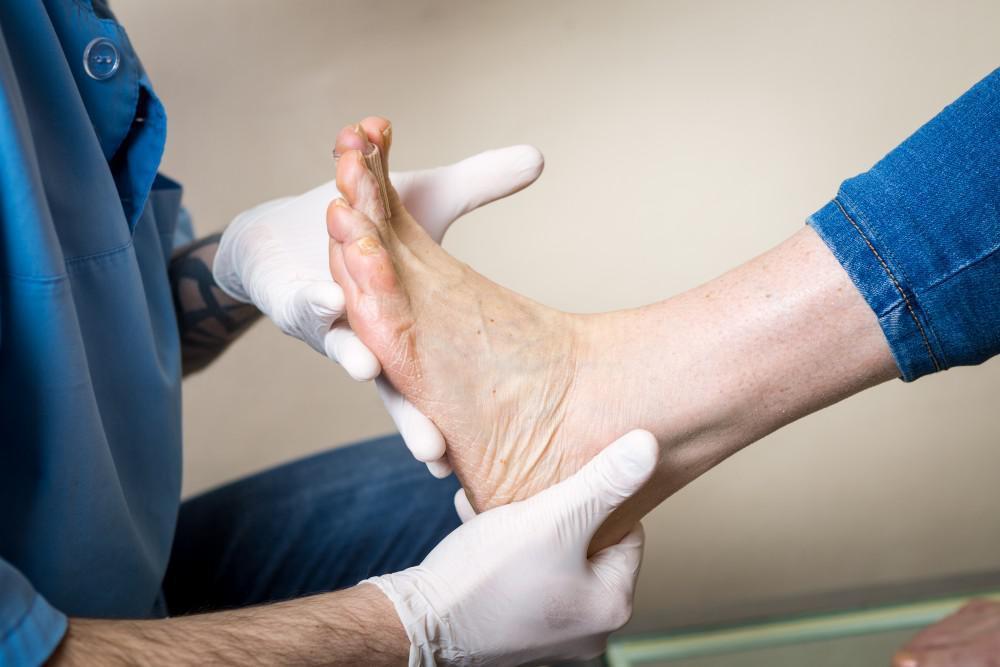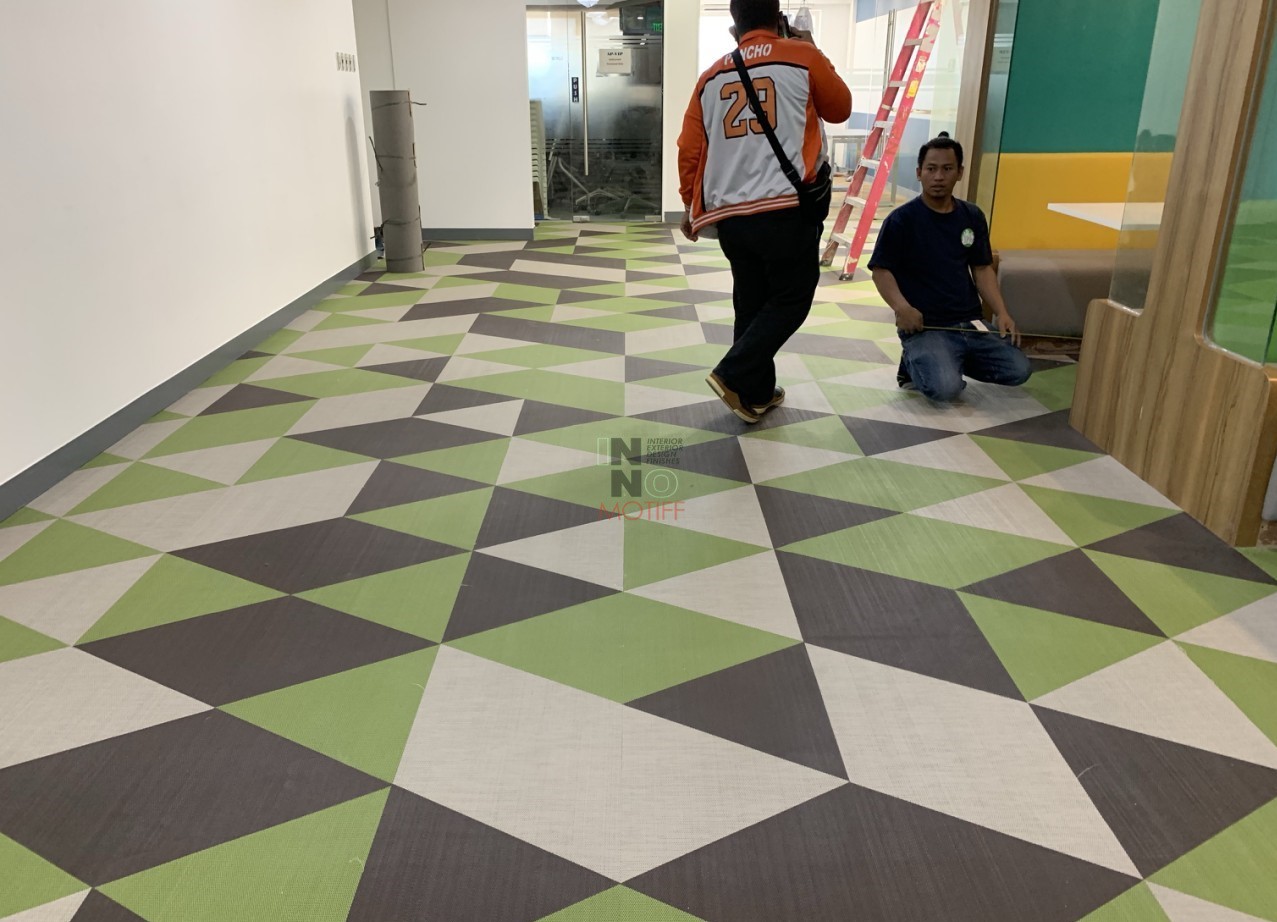Diabetic foot disease is a serious complication affecting individuals with diabetes, often resulting in reduced mobility and a higher risk of infections or amputations. This condition occurs when prolonged high blood sugar levels cause nerve damage (neuropathy) and poor circulation, making the feet more vulnerable to injuries and ulcers. Small cuts, blisters, or wounds may go unnoticed due to decreased sensation, allowing infections to develop rapidly. Orthopedic treatment for diabetic foot disease plays a crucial role in managing these complications, preserving mobility, and improving overall quality of life. Timely intervention by orthopedic specialists can prevent severe outcomes, including bone deformities, infections, and amputations. Understanding the condition and the available treatment options empowers patients and caregivers to take proactive steps in maintaining foot health. Education about daily foot care routines is equally important for preventing future complications.
The Role of Orthopedic Care in Managing Diabetic Foot Disease
Orthopedic specialists are essential in the treatment of diabetic foot disease, addressing structural deformities, ulcers, and infections. These professionals collaborate closely with endocrinologists and podiatrists to create comprehensive care plans that combine medical management with orthopedic intervention. Orthopedic treatment focuses not only on correcting deformities but also on redistributing pressure on the feet to prevent ulcers and fractures. Proper intervention can help diabetic patients maintain independence and mobility while reducing the likelihood of chronic pain. Orthopedic care also includes preventive measures that minimize the risk of recurrence, such as custom footwear and protective orthotics. Patients benefit from personalized assessments that evaluate gait, balance, and foot alignment, allowing tailored treatments to target specific risks. Regular follow-ups with orthopedic specialists ensure that any emerging complications are addressed promptly, reducing long-term health impacts.
Diagnostic Approaches in Orthopedic Evaluation
Orthopedic evaluation of diabetic foot disease begins with a thorough physical examination, which assesses skin integrity, sensation, and signs of infection. Imaging studies such as X-rays, CT scans, and MRIs help detect bone abnormalities, fractures, or infections that may not be visible externally. Vascular assessments, including Doppler studies, evaluate blood flow to the extremities, as poor circulation significantly increases the risk of non-healing wounds. In addition, wound assessment tools measure the severity of ulcers, identifying areas that require immediate attention. Laboratory tests can determine infection markers and monitor blood sugar levels, both of which are critical for effective treatment planning. Accurate diagnosis allows orthopedic specialists to design individualized treatment plans that address both immediate injuries and underlying risk factors. Early detection through these diagnostic methods significantly improves patient outcomes, reducing the need for extensive surgical interventions.
Non-Surgical Orthopedic Treatments
Non-surgical orthopedic treatments form the first line of defense in managing diabetic foot disease, aiming to prevent further complications and promote healing. Custom orthotics and therapeutic footwear help redistribute pressure on the feet, reducing the risk of ulcer formation. Braces, casts, and splints stabilize the foot structure, preventing deformities or fractures from worsening. Proper wound care management, including protective padding and specialized dressings, supports tissue healing and decreases infection risks. Physical therapy programs strengthen foot and leg muscles, improve mobility, and enhance balance, which is critical for fall prevention. Patient education on proper footwear selection and daily foot inspections is also a key component of non-surgical care. Combined, these interventions address both symptoms and underlying causes, allowing patients to maintain function and comfort without undergoing invasive procedures.
Surgical Interventions in Orthopedic Treatment
Surgery becomes necessary when non-surgical treatments fail to control the progression of diabetic foot disease or when structural deformities threaten mobility. Common surgical procedures include debridement, which removes infected or necrotic tissue, tendon release to correct deformities, and reconstructive surgeries to restore foot alignment. Orthopedic surgeons may also perform minimally invasive techniques to reduce recovery time and decrease infection risk. Post-surgical care is essential for successful outcomes, involving wound monitoring, pain management, and physical therapy to regain strength and mobility. In some cases, surgical intervention prevents major complications such as gangrene or amputations, which are life-altering for patients. Recovery plans are highly individualized, taking into account overall health, circulation, and the presence of diabetes-related comorbidities. Patients who adhere to post-surgical guidelines experience improved mobility, reduced pain, and a lower risk of recurring foot issues.
Preventive Measures and Lifestyle Considerations
Preventive care is a cornerstone of orthopedic treatment for diabetic foot disease, aiming to reduce the likelihood of ulcers, infections, and deformities. Effective blood sugar management is critical, as uncontrolled glucose levels increase nerve damage and slow wound healing. Daily foot care routines, such as inspecting for cuts, washing and moisturizing, and wearing proper footwear, can prevent minor issues from escalating. Lifestyle adjustments, including maintaining a healthy weight, engaging in low-impact exercises, and following a balanced diet, support overall foot health. Orthopedic specialists often recommend regular visits for foot evaluations to catch complications early. Avoiding smoking is also essential, as it further compromises circulation and slows healing. By combining medical care with consistent self-care practices, diabetic patients significantly reduce their risk of severe foot complications.
Innovations in Orthopedic Treatments for Diabetic Foot Disease
Advancements in orthopedic care have introduced innovative solutions to improve outcomes for diabetic foot patients. Cutting-edge wound healing technologies, such as growth factor therapies and advanced dressings, accelerate tissue regeneration. 3D printing allows for the creation of highly customized orthotics and braces tailored to a patient’s specific foot structure. Stem cell therapy and regenerative medicine show promise in promoting tissue repair in chronic ulcers and severe wounds. Telemedicine and remote monitoring technologies enable healthcare providers to track foot health in real time, identifying risks before complications develop. These innovations enhance traditional orthopedic treatments, offering patients faster recovery times and improved quality of life. Ongoing research continues to refine these approaches, making orthopedic interventions more effective and accessible to diabetic patients worldwide.
Patient Education and Support
Education and support are critical components of orthopedic treatment for diabetic foot disease, empowering patients to take an active role in their care. Teaching patients to recognize early warning signs, such as redness, swelling, or unexplained pain, helps prevent serious complications. Orthopedic specialists provide guidance on proper footwear, foot hygiene, and strategies to offload pressure from vulnerable areas. Support networks, including patient groups and online resources, offer encouragement and practical advice for long-term foot care. Psychological support is equally important, as managing chronic conditions can be mentally and emotionally challenging. Encouraging patients to adhere to treatment plans improves outcomes, reduces hospitalizations, and enhances overall well-being. Collaborative care between patients, caregivers, and healthcare professionals fosters a proactive approach to managing diabetic foot disease.
Frequently Asked Questions (FAQ)
What is the first step if I notice diabetic foot symptoms?
Immediate evaluation by a healthcare professional is crucial. Early assessment can prevent complications and determine whether non-surgical or surgical orthopedic interventions are necessary.
Can orthopedic treatments completely prevent amputations?
While not every case can avoid surgery, proper orthopedic care significantly reduces the risk of amputations by managing infections, correcting deformities, and promoting healing.
How often should I see an orthopedic specialist for diabetic foot care?
Patients are generally advised to schedule routine evaluations at least every three to six months, or more frequently if complications arise.
Are custom orthotics covered by insurance for diabetic patients?
Coverage varies by provider and policy, but many insurance plans include partial or full coverage for orthotics prescribed for diabetic foot care.
What lifestyle changes are most effective in preventing foot complications?
Maintaining healthy blood sugar levels, daily foot inspections, proper footwear, regular exercise, and avoiding smoking are among the most effective preventive strategies.









